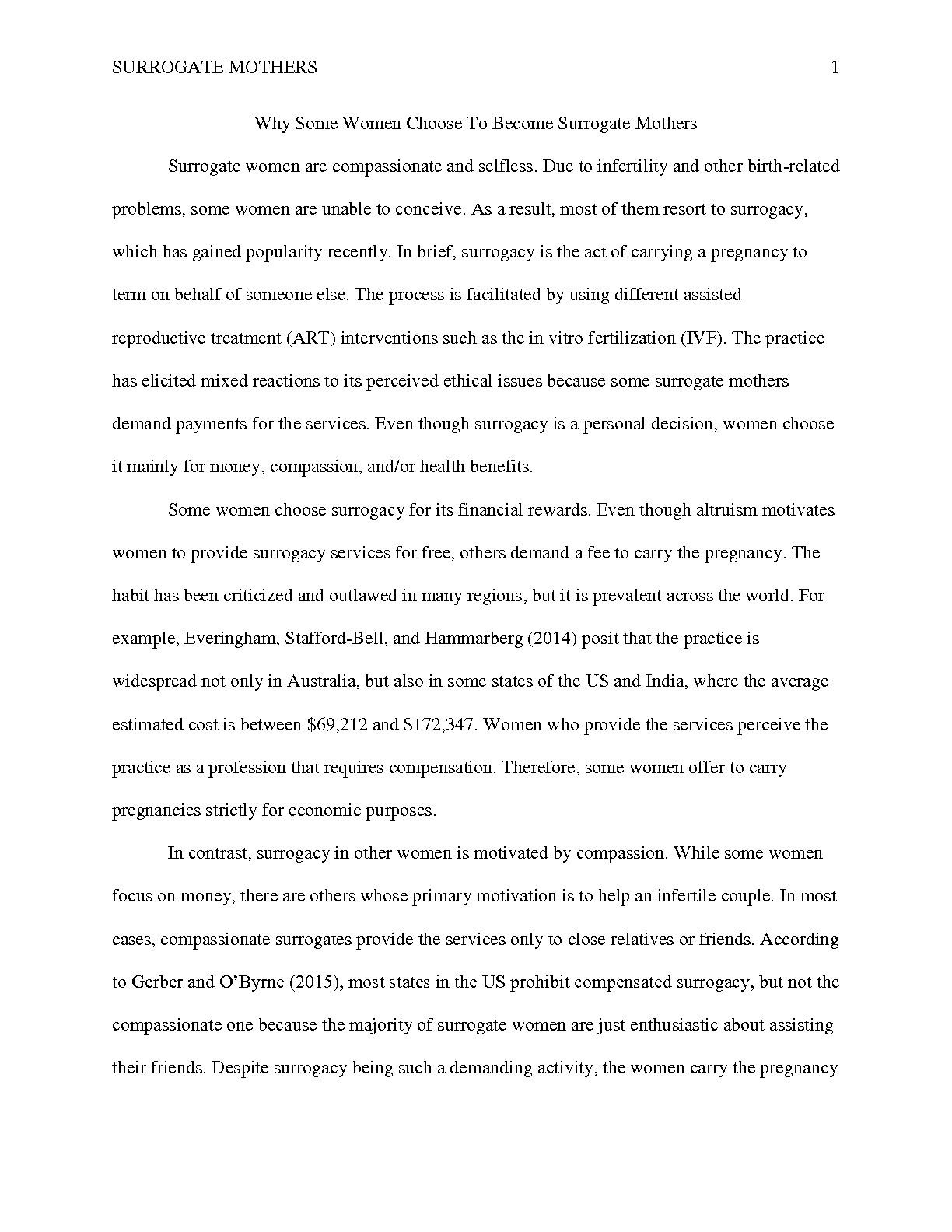Nursing> > Literature Review on Trauma-informed Care for Witnesses of Traumatic Event
Literature Review on Trauma-informed Care for Witnesses of Traumatic Event
Literature review on Trauma-informed Care (TIC). Trauma is a person's emotional response to a catastrophic event or series of events. An individual suffering from trauma has been directly exposed to a traumatic event, either the threat or the reality of a physical or sexual attack that results in death. It's impossible to predict how a person will respond to a stressful event or what symptoms they may suffer. This covers mental, emotional, behavioral, social, and spiritual aspects. Trauma may be a potential cause of stress. One particular event, a string of connected ones, or a slew of unrelated ones occur over a certain period. People and society are negatively affected by trauma. In the wake of this, more and more families seek help from various health care professionals. There are several long-term consequences of traumatic experiences. Acute Stress Disorder (ASD) is a short-term psychotic symptom (of ASD). There are several ways in which trauma impacts people, all of which are related. Stress tolerance may be affected by the victim's gender, race, and financial status. Traumatic events may make people more vulnerable. There is a greater probability of acquiring posttraumatic stress disorder in persons who have been traumatized. ... [Show More]Last updated: 3 years ago
Preview 1 out of 7 pages
-(1)-preview.jpg)

